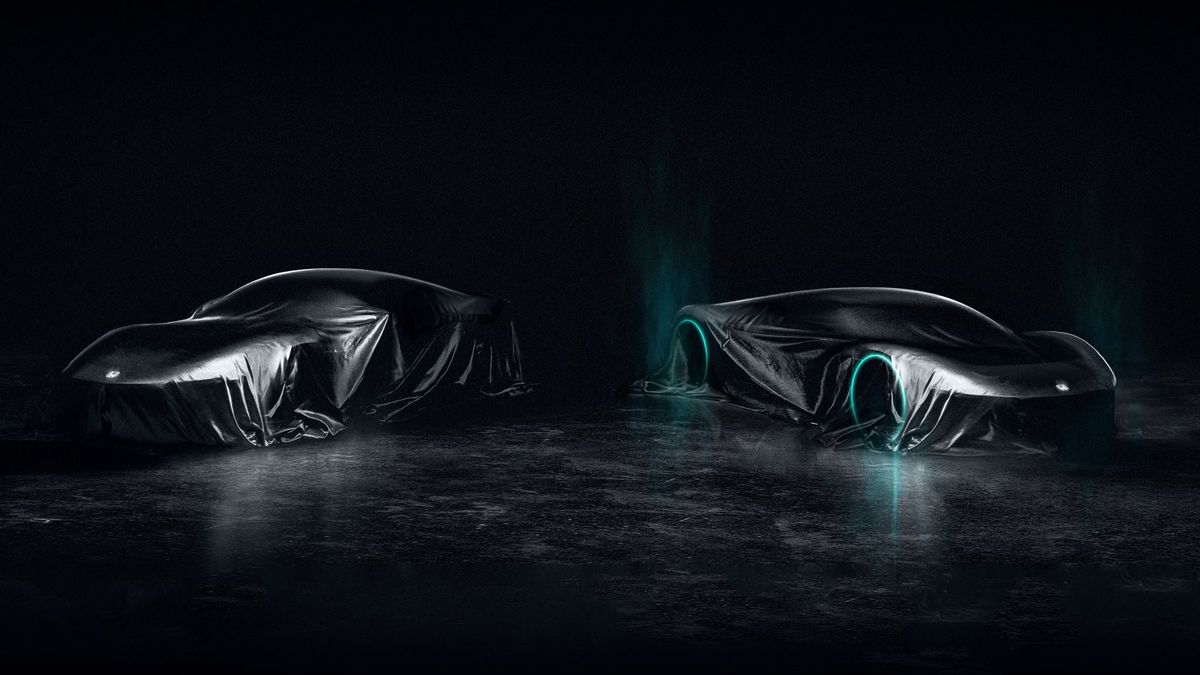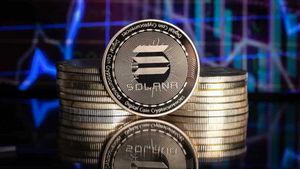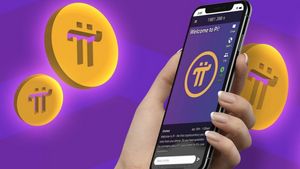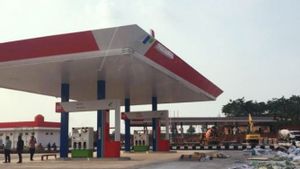JAKARTA - Honda Motor Co. will launch 30 EV (electric vehicles) models by 2030 with a production volume of more than 2 million vehicles per year. The statement came at a press conference, on Monday evening, April 11.
The Japanese automaker said it would spend 40 billion US dollars (Rp 574 trillion) on electrification over the next ten years. The project includes building its own electrification architecture and exploring new growth opportunities in space exploration, eVTOL, robot avatars, and more.
Over the next decade, Honda will also invest an estimated US$64 billion (Rp 919.5 trillion) in research and development, and an additional US$ 80 million (Rp 1.1 trillion) per year in start-ups that can help the automaker expand its business. and moving away from selling products alone to offering combined solutions, according to Toshihiro Mibe, CEO of Honda. He also noted that the company will also actively pursue inter-industry collaborations and alliances.
Last month, Honda partnered with Sony to co-create and sell an EV.
"Honda will rely on external funding methods based on need," said Kohei Takeuchi, Honda SVP, as quoted by Tech Crunch.
Last month, Honda said it would issue $2.75 billion USD-denominated Green Bonds, which it would allocate to the development and production of zero-emission vehicles. In June 2021, Honda said it would discontinue gas-powered cars completely by 2040.
Honda discussed a lot of things last Monday, including plans to develop batteries, commercialize mini EVs and more.
Honda also plans to launch two new sports EVs in Japan in the middle of this decade
Honda plans to introduce a very low-cost mini-EV model for commercial use with a price range of US$8,000 (Rp 115 million) in Japan in 2024. After that, Honda will start launching mini-EVs and EV SUVs for personal use. “Honda is offering this car for commercial use first because Japan doesn't have the charging infrastructure needed to launch a wide-scale EV deployment,” Mibe said.
In the same year in North America, Honda also plans to introduce two mid-size to large-size EV models such as the Honda Prologue SUV and Acura SUV, which are currently being developed with General Motors at competitive prices with ICE vehicles.
Just last week, Honda announced a partnership with GM to co-develop electric vehicles by 2027 in North America using GM's Ultium platform which will cost around $30,000. The automaker also said it would build a dedicated EV production line in North America.
Additionally, Mibe is doubling down on Honda's previous commitment to launch 10 new EV models in China under the e:N Series by 2027, with two models set to go on sale this year. Honda also plans to build dedicated EV factories in Guagzhou and Wuhan to support production in one of its most important markets.
Honda is also pursuing the launch of two electric sports models, a custom model and a flagship model, by mid-decade, according to Takeuchi, but it's unclear if these cars will be as affordable as Honda hopes to launch soon.
While Honda will rely on its partnership with GM to leverage the Ultium architecture and EV platform, it intends to build on its own architecture by leveraging its software capabilities. Honda e:Architecture, which the company plans to introduce in 2026, will be an EV platform that includes hardware and software layers and is connected to the cloud.
Like many other automakers, Honda sees the potential of software-defined vehicles to help generate recurring revenue through third-party applications. That's why it builds an application layer on top of the vehicle's operating system, which can be continuously updated over the air, according to Mibe.
Battery Joint Venture
Honda said it was exploring the possibility of creating a North American joint venture for battery production outside of its partnership with GM, but Mibe would not name names.
Their goal is to ensure steady supply of liquid lithium-ion batteries in the region, as well as in China and Japan, two other key markets. To support this, Honda wants to strengthen its existing partnership with CATL in China and to procure batteries for its mini EVs from Envision AESC in Japan.
To accelerate its independent battery R&D for solid-state batteries, Honda invested about $343 million to build a demonstration line. Honda hopes to start production in the spring of 2024 and adopt the next-generation battery into models it will introduce after 2025.
Reduce costs
According to Mibe, Honda is on track to achieve its target of a 10% reduction in global car production, compared to costs recorded in 2018. Despite issues such as the pandemic and semiconductor shortages, the company says it has been able to tighten its business structure and hopes to achieve a return on investment. more than 7% sales.
The English, Chinese, Japanese, Arabic, and French versions are automatically generated by the AI. So there may still be inaccuracies in translating, please always see Indonesian as our main language. (system supported by DigitalSiber.id)











